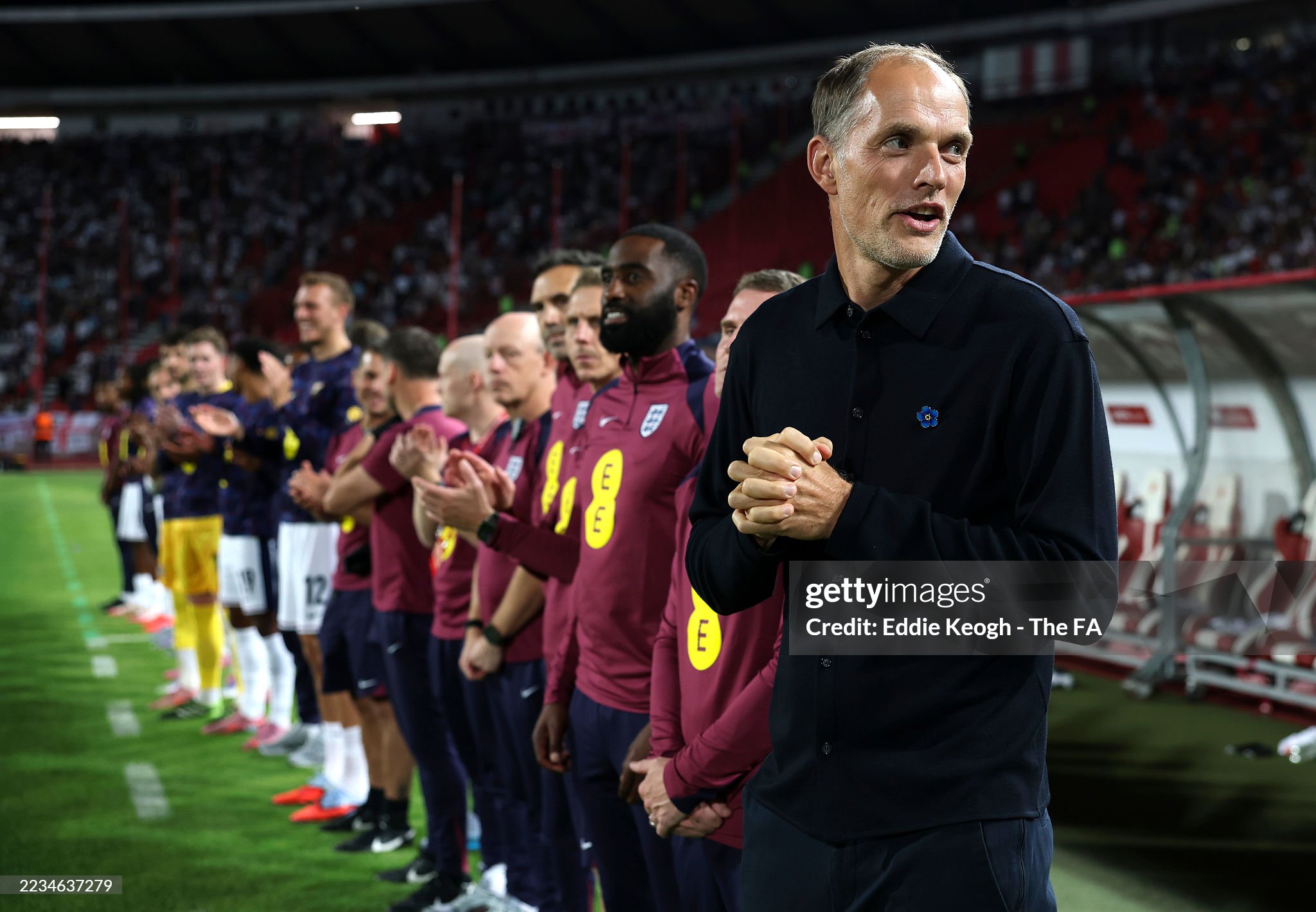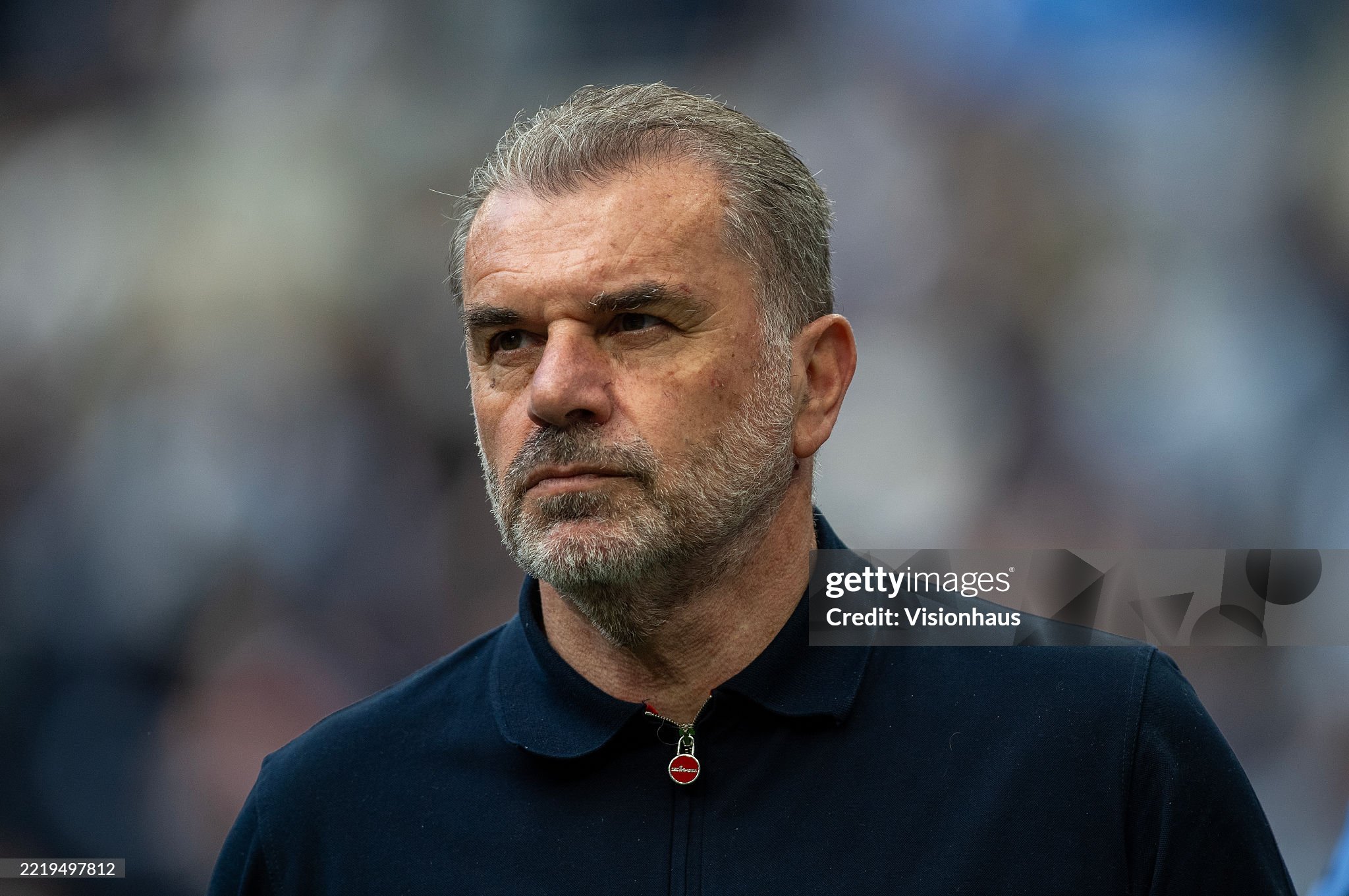Former Argentina and Tottenham winger Erik Lamela has opened up about the injuries that forced him to retire at 33, revealing years of pain, surgery, and sacrifice throughout a career that spanned River Plate, Roma, Spurs, Sevilla, and AEK Athens.
After spells with River Plate, Roma, Tottenham, and Sevilla, Erik Lamela announced his retirement in August while playing for AEK Athens at the age of 33.
For many fans, the news was bittersweet: the talented Argentine winger, once seen as one of the brightest young prospects in South American football, was forced to hang up his boots earlier than expected. In a heartfelt interview with Argentine sports channel TyC Sports, Lamela shed light on the painful journey that ultimately brought his career to an end.
“I ended my career due to a physical problem that had been bothering me for a long time,” Lamela admitted. “I wanted to finish my career in the best way possible, enjoying it as much as I could despite that issue, which was very difficult. The problem was even more serious because I was dealing with cartilage wear and osteoarthritis. The first pains began when I was 22, when I started to feel discomfort. At 25, I eventually had to undergo surgery because I couldn’t compete due to the pain. The operation went well and, fortunately, I was able to keep playing. But from then on, everything was different, because it was as if they had replaced my hip. I never had the same hip again.”
For a player whose game relied on agility, acceleration, and flair, the hip injury was devastating. Lamela revealed that while the surgery bought him more time in professional football, it also forced him to adjust everything about his preparation and training routine. “These last few years have been much more severe, in the sense that my hip was increasingly affected and I couldn’t train the way I used to. I had to change the way I trained, because if I trained during the week, I wouldn’t be able to play, since my hip couldn’t sustain certain performance levels over the week.”
Lamela’s honesty paints the picture of a player who, despite his talent and determination, was locked in a constant battle with his own body. The Argentine first rose to prominence as a teenage sensation at River Plate, where he was hailed as one of the brightest players to emerge from the academy since Ariel Ortega. His performances earned him a move to Europe with AS Roma in 2011, where his creativity and left foot caught the attention of Europe’s elite.
In 2013, Tottenham Hotspur secured his services for what was then a club-record fee, brought in as part of the squad overhaul following Gareth Bale’s departure to Real Madrid. While Lamela delivered flashes of brilliance including his unforgettable “rabona” goal in the Europa League that instantly became one of the most iconic moments in Spurs’ history his time in North London was blighted by recurring injuries. He was sidelined for long stretches, undergoing multiple surgeries and enduring rehabilitation processes that tested his resilience.
Despite the setbacks, Lamela built a reputation at Tottenham as a hardworking, fiery competitor, beloved by fans for his commitment and fighting spirit. He made over 250 appearances for the club, contributing goals, assists, and memorable moments, even if his career there never reached the heights many expected when he first arrived.
In 2021, after eight seasons in England, Lamela moved to Sevilla in a swap deal that saw Bryan Gil head the other way. At Sevilla, he enjoyed a revival of sorts, providing experience and depth to the squad, and was part of the team that lifted the Europa League in 2023 his first major European trophy. That victory, achieved against José Mourinho’s Roma in a dramatic final, was one of the highlights of his later career and a fitting reward after years of physical battles.
His final professional chapter came with AEK Athens, where he hoped to enjoy a fresh start and contribute to the Greek side. However, as he revealed, the physical pain became unbearable. Osteoarthritis and cartilage degeneration in his hip meant he could no longer train or perform at the level required. Retirement, though painful to accept, became inevitable.
Beyond club football, Lamela also represented Argentina, earning 25 caps for the senior national team between 2011 and 2016. He was part of the squad during the Lionel Messi era but never fully established himself as a regular, partly due to the intense competition for attacking spots and partly because of his recurring injuries. Still, he remains respected as part of the generation that bridged the gap between Argentina’s World Cup heartbreaks and their eventual triumph in Qatar 2022.
Reflecting on his journey, Lamela expressed gratitude despite the hardships. He acknowledged that while injuries limited his potential, they also shaped his career and his character. Playing across four countries Argentina, Italy, England, and Spain he left his mark in every league. Fans remember him not only for his technical ability but also for his resilience, his willingness to fight back from repeated setbacks, and his flashes of magic, like the rabona goals that defined his style.
“I wanted to keep going, but my body was telling me it was time to stop,” he concluded in his interview. “It’s not easy, because football has been my life since I was a child. But I gave everything I had, and I’m proud of what I achieved.”
Now retired at 33, Lamela faces a new chapter. While he hasn’t yet revealed his future plans, many expect him to stay connected to the game, whether in coaching, mentoring, or working within football. Whatever comes next, his story serves as both an inspiration and a reminder of the physical toll that professional sport can exact even on the most talented players.







